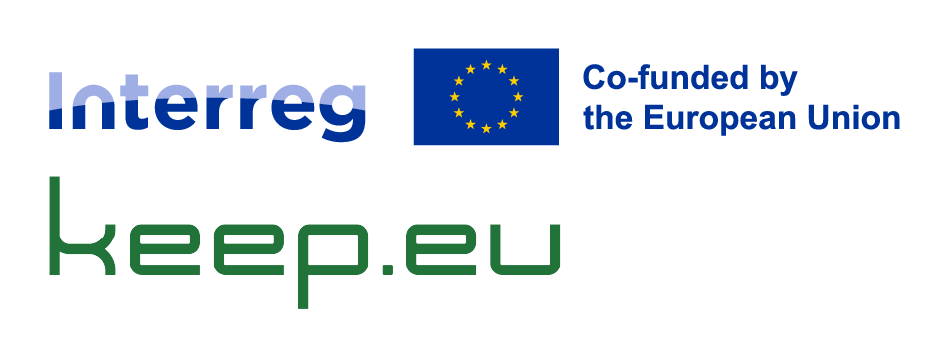Macro-regional strategies, what are they? How are they covered in keep.eu?
The European Union’s macro-regional strategies are coordination and cooperation frameworks for specific geographical areas. They aim to bring together key stakeholders and address common challenges by coordinating initiatives in areas such as innovation, transport, and environment, among others. Macro-regional strategies call for better coordination of policies, closer cooperation between institutions, and more efficient use of available funding sources.
Keep.eu contains geographic filters that allow for the aggregated selection of regions and countries clustered by European Union macro-regional strategy.
Keep.eu also features projects implemented within the EU Strategy for the Baltic Sea Region (EUSBSR) and the EU Strategy for the Danube Region (EUSDR), including, until the 2014-2020 period, from instruments and sources other than Interreg or ENI CBC. For EUSBSR, and up to 2014-2020, keep.eu also offers information regarding flagship projects.
Keep.eu hence opens to users access to information on the projects and partners of these two Strategies, their Priority (Policy) areas and Horizontal actions. This data in keep.eu includes not only Interreg / Territorial Cooperation projects, but all types of projects that are in line with the Strategies.
For 2021-2027, keep.eu only features data on Interreg projects that are in line with the Strategies.
Users can either look for detailed information project by project or opt for an aggregated vision of the projects within the scope of these EU Strategies, by exporting their search results to Excel.
To learn more about these EU Strategies, please refer to the entries in these FAQ on the European Union Strategy for the Adriatic and Ionian Region (EUSAIR), the European Union Macro-Regional Strategy for the Alpine Region (EUSALP), the European Union Strategy for the Baltic Sea Region (EUSBSR) and the European Union Strategy for the Danube Region (EUSDR).
